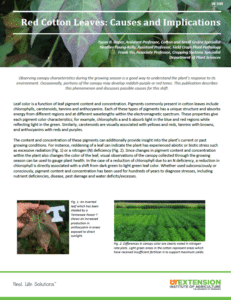Corn: So far this week, September corn futures have traded lower by $0.04. Corn futures have essentially traded sideways for the past seven trading days. Without a weather scare, it seems that corn prices will continue to be abysmal. We have moved past the point of pollination and it would appear that the corn crop has not been negatively impacted by the weather. At least, that is what is being reflected in current futures prices. The USDA continues to rate 76% of the crop as being good-to-excellent with 79% of the crop silking. In the extended forecast, normal rainfall is anticipated for most of the United States over the next 6 to 10 days. Local new crop basis continues to soften as we approach harvest.
Soybeans: November soybean futures have traded sideways since the market opened on Monday morning. Soybeans face a similar fate to that of corn. Weather is expected to be favorable in many key soybean growing states as we enter into August. The forecast of ample rainfall during pod fill has the trade guessing that the soybean crop will be relatively large. That is keeping a lid on higher soybean prices. The USDA continues to rate 71% of the crop as being good-to-excellent with 35% of the crop already setting pods, which is ahead of the 5 year average. Local new crop basis continues to weaken for soybeans as we get closer to harvest.
Wheat: July 2017 wheat futures has declined by $0.14 so far this week. The decline in wheat futures is likely a result of a decline in nearby wheat futures and a partial spillover effect from the other grains. Producers should be mindful that wheat planting is less than 3 months away and begin to monitor July 2017 wheat futures.
Cotton: December cotton futures closed at 72.97. Cotton exports continue to be strong due to Vietnam and Chinese purchases. Yesterday’s market close price was below 75.00, which may set a technical trading pattern for lower prices. Cotton equities, or loan options, continue to be approximately $0.14 to $0.15 for West Tennessee.
Take Home Message: Grain futures are struggling to hold their head above water due to favorable weather conditions across most of the Midwest. This year is setting itself up to be a year where grain may predominantly go in the bin instead of going to town. Many farmers are unwilling to price corn at these levels as a profit cannot be easily locked in. However, the same cannot be said of soybeans as a profit can still be locked in for many producers at the $10.00 mark. Producers should keep in mind that as harvest approaches we should expect to see futures trend lower. This creates two scenarios for many producers. Either look at layering sales now before harvest pressure begins to set in or store grain. Is it possible that we could see higher prices come harvest if the crop is smaller than we originally thought? Theoretically, yes. However, as long as we see good weather across the Midwest, the chances of this happening is relatively slim. Of course, there is a third scenario where producers can sale grain across the scales at harvest lows. Producers should continue to monitor their costs of production and evaluate prices. Producers are likely more willing to be aggressive sellers since many have a good feeling of what their corn yields will be as we have made it through pollination. However, price levels are preventing those sales from being made. Another option if you do not have storage is deferred pricing. Talk to your local elevators to see if deferred pricing is suitable for you. It does come at a cost per bushel, but it allows you to deliver grain and price the grain at a future date. It allows you to market your grain as if you have storage.
West Tennessee Grain Bids: Grain Newsletter 7-28-2016



